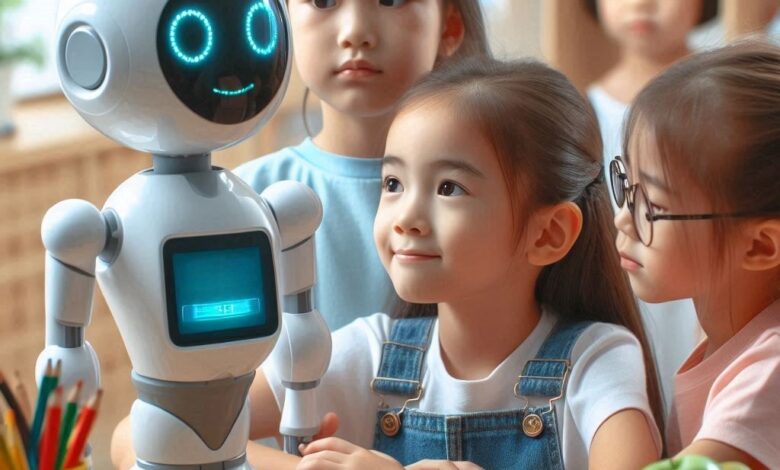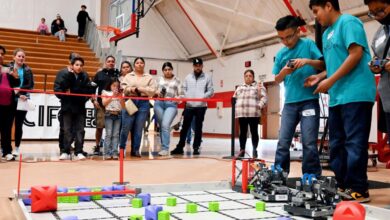Kids Aged 3-6 Trust Robots Over Humans In Reliability, Says New Research

For the study, researchers gathered 118 children through different channels and finalized 111 participants for the study. The whole survey was done online through Qualtrics survey platform and parents were present with the children during the whole survey. Children were asked to watch different videos with three types of situations– Video with a reliable human and reliable robot, video with a reliable human and unreliable robot and unreliable human and reliable robot.
There were three phases to the survey– history, test and preference. In history, children were asked to watch videos with humans and robots with objects they were familiar with. In the next stage known as the test phase, there were videos of human and robot labeling unfamiliar objects. This phase measures how much children trusted humans or robots with unfamiliar objects. In the last phase called preference, children were asked questions about their judgment and preferences on both agents.
The researchers found out that children trusted the agent which was deemed reliable by them in the history phase. Age was also a factor which resulted in difference of results. Older children showed signs of trusting humans more while younger children showed signs of trusting robots more. Even though this study is a great initiative to learn how children are more trusting towards robots, it has some limitations too. The biggest one is the fact that this survey was done online and through videos, which cannot capture how children would react if they are exposed to humans and robots in real life.
Image: DIW-Aigen
Read next: Global Websites at Risk Due to Exposed Sensitive Data



